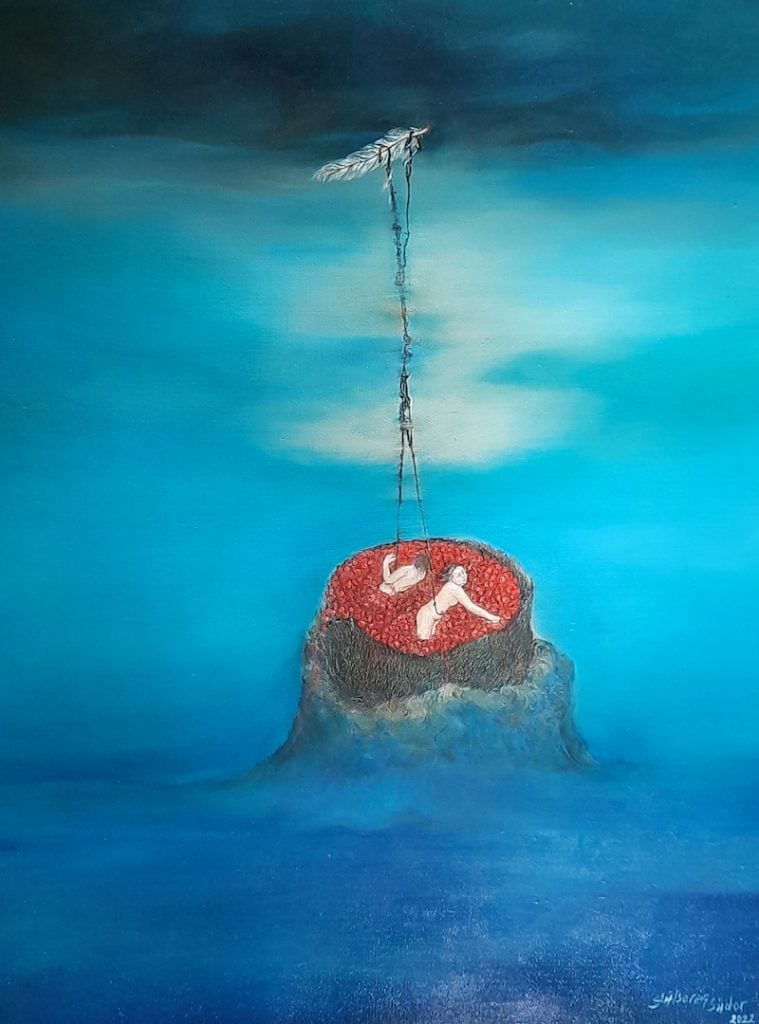
Document & Art Examination
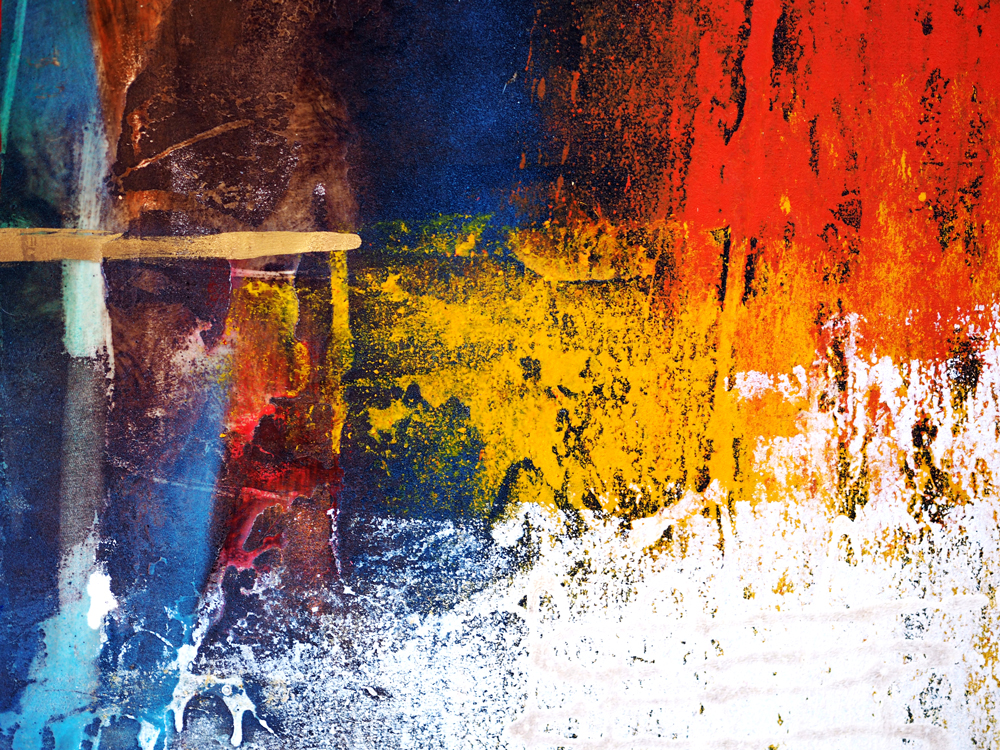
Forensic Document Analysis is a branch of forensic science in which a forensic document reviewer evaluates disputed documents in the legal system. Inquired document reviews involve comparing the document to a set of known standards (i.e., real examples). The purpose of the forensic document expert is to systematically evaluate the attributes and characteristics of a document to reveal how it was prepared or how it may have been altered.
Controversial documents in forensic investigations are documents whose authenticity is questionable or uncertain. Criminals often try to burn or destroy necessary documents to hide their criminal activities and intentions.
To protect against threats, most documents require a set of security features and techniques optimally combined. Some features can protect against multiple threats, but no single feature can protect against all. Similarly, no security feature is 100% effective at eliminating any threat category. The best protection comes from a balanced set of features and techniques that provide multiple layers of integrated security in the document to deter or prevent fraudulent attacks.
Documents queried may include forged or genuine cards, contracts, statements, titles, promissory notes, certificates, money, bank checks, handwritten letters, machine-generated documents (such as copiers, fax machines, and printers), currency, and electronic documents. Among all light sources, UV and IR are important sources commonly used in forensic document inspection.
Ultraviolet (UV) lighting techniques are used for multiple purposes, such as verifying pictures and signatures in forensic investigations, examining the documents in question, ink inspection and detection of stains, highlighting hidden fingerprints at crime scenes and tracking traces on clothing, and detecting remaining corpses.
In forensic document examination, UV rays have several applications. UV rays can be used to distinguish various types of paper and paper textures. When exposed to UV, different manufactured papers give distinctive fluorescence under UV rays. This is mainly due to the size (calendering) of the paper; for example, it may appear greenish in some cases and reddish in others. It is used to distinguish between two different types of paper even if they have the same experience.
Counterfeit banknotes, security papers, passports, certificates, etc., will fluoresce differently due to the fibers found in the documents and the size difference. Also, certain watermarks (chemical and mechanical) can be easily distinguished by their brightness under UV rays. These government documents are embedded with multicolored security fibers that glow red, green, and blue in UV rays. But this will not be the case with forged documents.
Spots that usually appear under UV light could have been treated with ink remover. In addition, the bursting of the fibers during mechanical wiping of the substance is visible under UV radiation.
The most important performance techniques of artworks are the chemical composition of coloring pigments from the oil, temperature, watercolor paint binders, and other originality characteristics of the painting.
Forensic art analysis is required if you want to validate your art object or evaluate it socially, spiritually, and materially. It is essential when entering an inheritance or, for example, when receiving a gift of something valuable. You need to buy antique vases, paintings, or jewelry and get an art analysis result that will export them from the country.
Forensic art analysis is a research complex that aims to determine the artist, artwork’s geographical region, and time frames. The versatility of art complicates the analysis of forensic art: these are paintings, coins, weapons, cutlery, porcelain, antiques, etc. Forensic art specialists are involved in researching and analyzing historical buildings, park complexes, indoor and outdoor spaces, and cultural monuments.
Forensic art analysis can be done both in the laboratory and in situ. Minimal non-destructive testing methods should be used without damaging the art objects.
Painting materials such as artwork, oils, or varnishes are made from organic materials. They degrade over time and result in fluorescence (a green glow) under UV light. Therefore, when UV light is reflected on an old painting it fluoresces due to the presence of organic compounds in the paint. The bright and dark areas on the painting surface give an idea about the age of the work, later additions, or restorations.
Picture 1 (b) is taken with DocEx Tablet under UVC (~255-280nm) light. Thanks to UVC (~255-280nm) light, the condition of the painting is revealed. While the yellow surface shows that the painting has been varnished, the brighter spots indicate that the old varnish has exfoliated from the painting. Furthermore, Picture 2(b) is taken under UVA light (~360-370nm). Since modern additions do not fluoresce under UV light, the additions are seen as dark spots on the painting. Therefore, Picture 2(b) shows the 20th ct. painting has undergone restoration after it was produced.
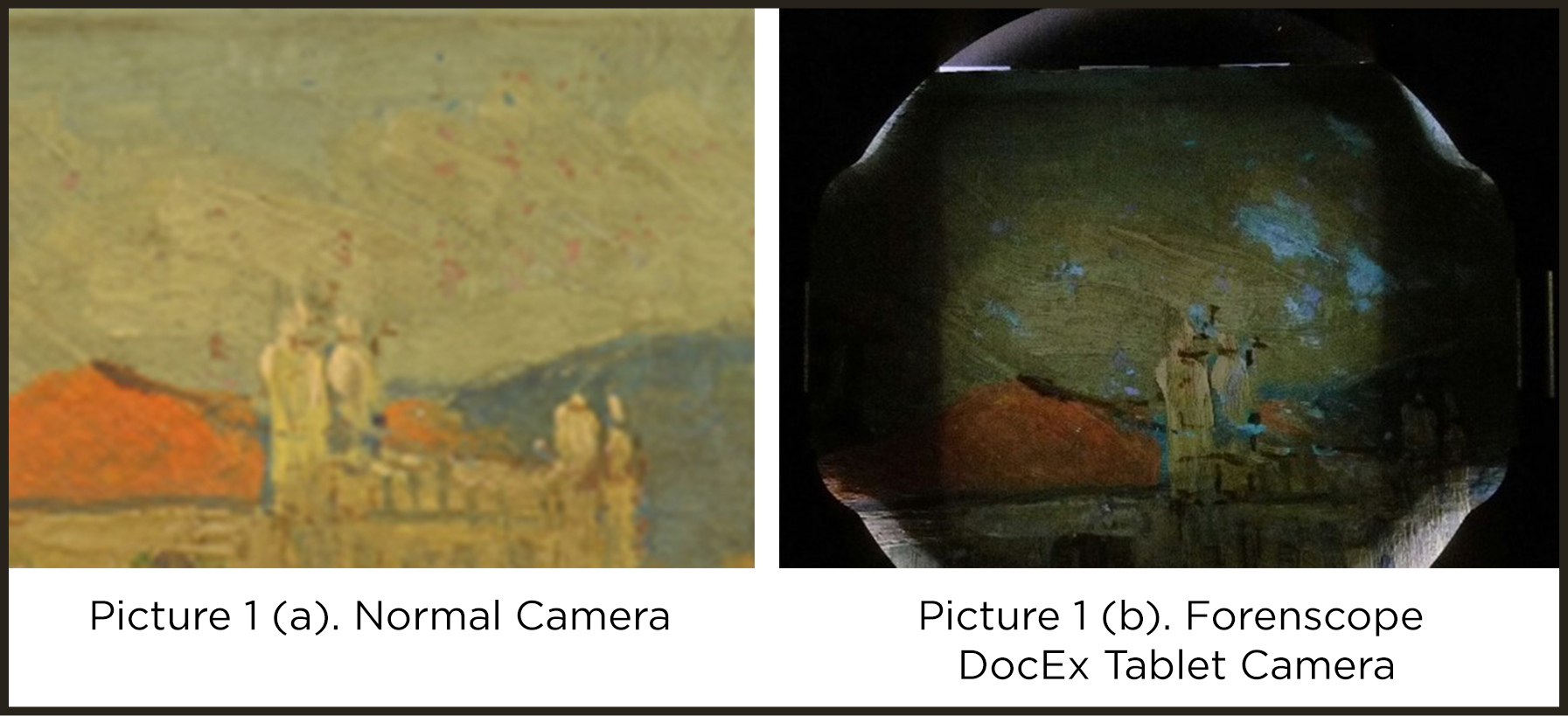
Picture 1(a). The section of a 20th ct. oil painting under visible light.
Picture 1(b). UVC (~255-280nm) photography of the painting taken with Forenscope DocEx Tablet
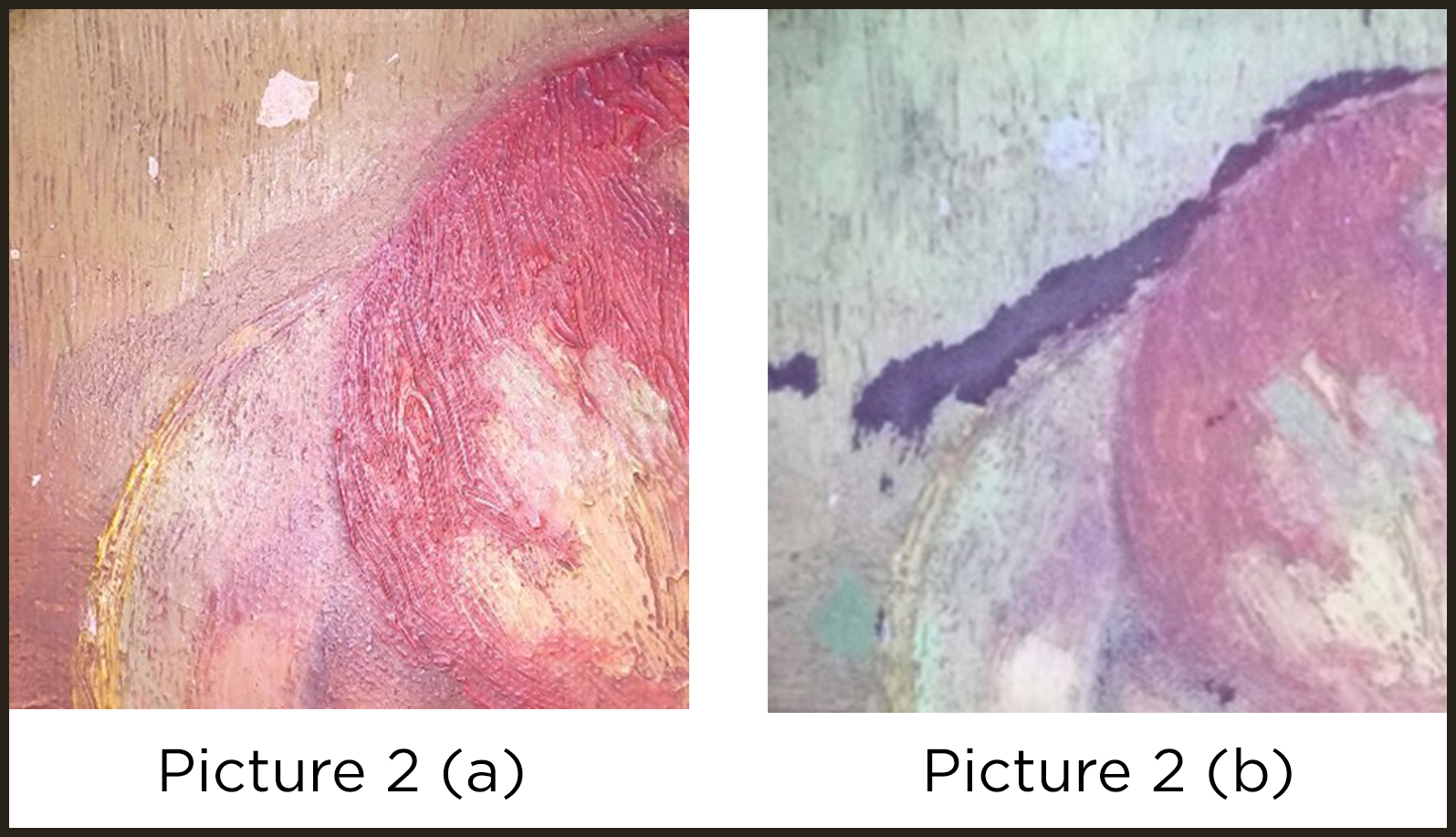
Picture 2 (a). The section of a 20th-century oil painting captured under visible light
Picture 2(b). UV (~360-370 nm) photography of the painting showing the later additions, taken with DocEx Tablet.
X-ray imaging or radiography reveals details about the most difficult-to-see pictures. When X-ray beams are aimed, they pass through layers of paint and create a contrasting image. In areas where restorations are made or where the paint layer is thick due to heavy metal objects, images appear brighter on the X-ray image.
Infrared light not only helps you turn on your TV from the couch but also helps forensic experts look at the properties, whether the paint is old or not. When a picture is exposed to IR light, it penetrates the layers of paint as they are transparent to IR. The wood backing or lined canvas absorbs infrared light to enhance many details that might appear unimportant under normal light. Infrared projection can reveal low combs or sketches hidden behind the artwork. Picture 3 is taken with ForenScope DocEX Tablet’s IR light (~940-960 nm) and IR filter (LP850 nm). The IR photography of the modern acrylic painting reveals the charcoal portrait sketches hidden under the artwork.
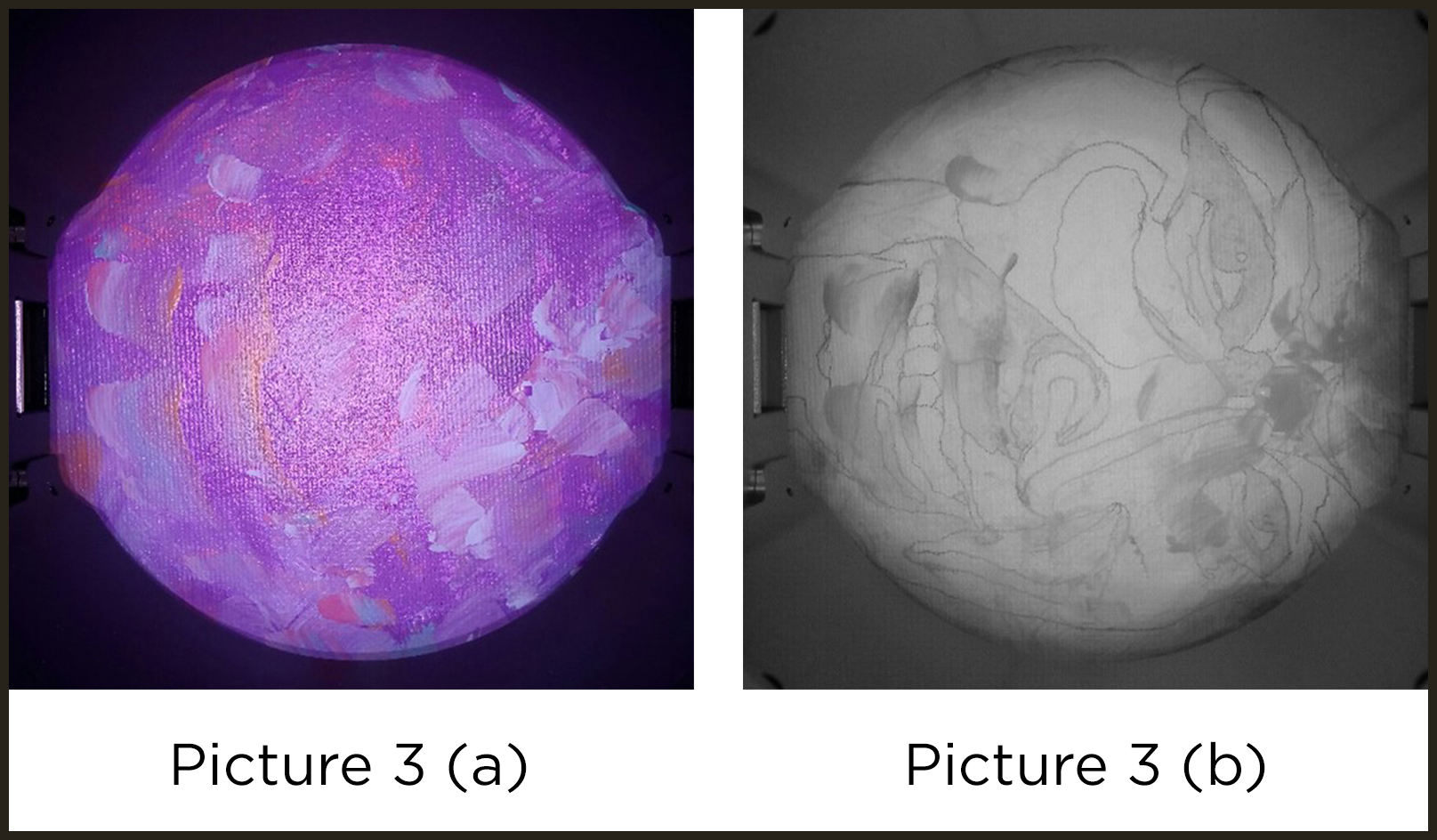
Picture 3 (a). The section of a modern acrylic painting captured with white light.
Picture 3(b). Infrared (~940-960 nm) photography of the painting showing the below strata, taken with DocEx Tablet.
Most painters have a signature style before they start painting. Thus, if an IR scan does not match those of known original artifacts, it can help detect something counterfeit.
Generally speaking, the application of painting with imaging such as IR reflectance, and UV-induced fluorescence is used to obtain a better knowledge of artworks.


